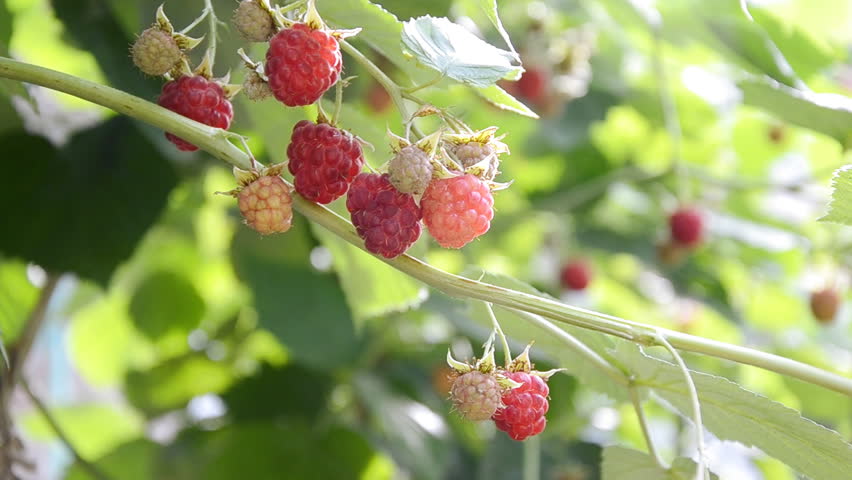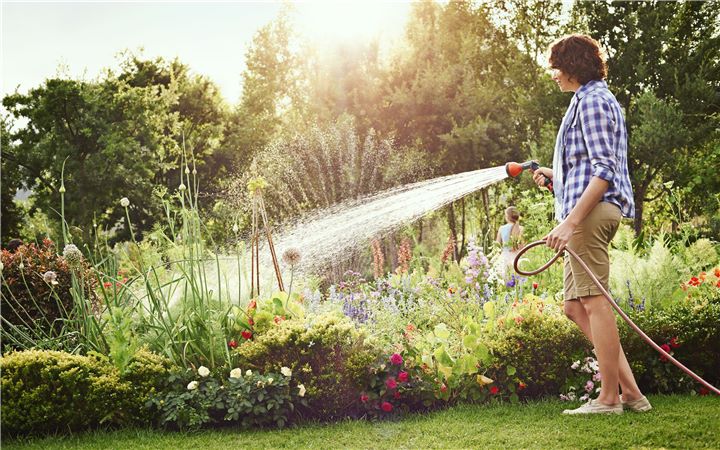 Tony Chalcroft gives us the lowdown on our gardens
Tony Chalcroft gives us the lowdown on our gardens
It’s been an unusually dry and warm early summer as I write, a few weeks ahead of these words appearing in print, so I thought it might be useful to say a little about watering. Of course, by the time you read this the weather may have flipped. Here in Acomb we’ve already had several cloudbursts. One in early June was so intense that young seedlings were flattened and crops mud splattered. It only needs these downpours to become more frequent for summer to turn from parched to soggy.
Novice gardeners often underestimate just how much watering it takes to replicate ‘normal’ rainfall. It’s no good waving a watering can above the crops for a few minutes or giving a token burst from a sprinkler. This can do more harm than good, encouraging surface rooting and wetting leaves which may scorch in bright sunlight.
It’s also important to appreciate that some crops are much thirstier than others. A few cope well with drought conditions. Parsnips, for example, are deep-rooted so I rarely water these. I’m also sparing with water on crops to be harvested in the winter, such as leeks and sprouts, as these can put on more growth in the autumn.
Pour it on
As a rule I focus watering on those vegetables that will be harvested in the summer. Peas and beans, especially the runners, are watered generously, as are courgettes and pumpkins. I also like to give sweetcorn a good dousing now and again. Lettuce can ‘bolt’ (run to seed) if too dry and hot so I try and keep these moist. Cauliflowers and some cabbage also need regular water if they are to produce decent sized heads.

There are a few crops that seem to need frequent watering even in rainy conditions. Two of these I grow are celeriac and Florence fennel. Both must be kept moist otherwise the yield is measly. And then there is the issue of how much to water potatoes. If its tonnage you want then watering is definitely worthwhile, that’s why you see potato fields being jetted with water even when it’s raining. However, too much water may impair flavour and can encourage disease. In humid conditions spraying overhead risks blight through wetting the foliage. I’ve also noticed that when tap water is used, which tends to be more alkaline than rainwater, there’s a greater incidence of scab (rough brown scab like marks on the potato skin), a disorder that occurs in limier conditions.
Focus
Most gardeners focus their watering on the veg, but it’s also important not to neglect fruit crops. Strawberry plants are easily stressed by hot, dry weather. Raspberries, too, are relatively shallow rooted. I usually water these in a dry summer, partly to ensure cane growth for the following year is not restricted. Blackcurrants are another thirsty crop, as are blueberries. The latter, as they need acidic conditions, should always be watered with rainwater rather than from the tap.
Understanding what plants benefit most from watering not only saves time and effort, but avoids the waste of water that comes from haphazard use of the hose. There’s lots more advice on watering fruit and veg on the internet. If the weather is still dry when you read this, a good place to start is www.growveg.co.uk









Add a comment